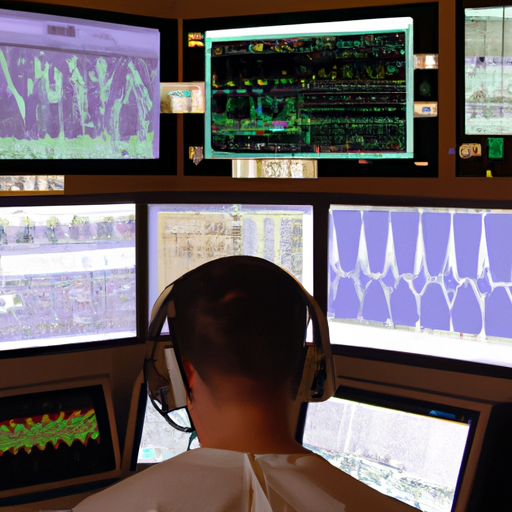How is VEMP Testing Done? A Comprehensive Guide
VEMP testing, also known as Vestibular Evoked Myogenic Potential testing, is a diagnostic procedure used to assess the function of the otolithic organs within the inner ear. This test helps in evaluating the health of the vestibular system, which is responsible for maintaining our balance and spatial orientation. In this comprehensive guide, we will walk you through the process of VEMP testing and provide you with all the essential information you need to know.
Understanding VEMP Testing
VEMP testing involves the measurement of muscle responses that are evoked by specific sounds or stimuli. These responses are recorded from muscles that are associated with the vestibular system, such as the sternocleidomastoid (SCM) muscle in the neck or the inferior oblique (IO) muscle in the eye. By analyzing these responses, healthcare professionals can assess the integrity and functionality of the vestibular system.
The Procedure
1. Preparation: Before the test, it is important to ensure that the patient is comfortable and relaxed. They will be positioned in a reclined chair or on an examination table.
2. Electrode Placement: Surface electrodes are placed on the skin over the muscles being tested. Typically, electrodes are placed on the forehead, neck, and sometimes near the eyes. These electrodes will record the muscle responses during the test.
3. Stimulus Presentation: VEMP testing involves the presentation of auditory or vibratory stimuli. The most common stimulus used is a loud sound, usually delivered through headphones. The patient may also be exposed to vibrations, such as tapping on the forehead or behind the ear.
4. Muscle Response Recording: As the stimuli are presented, the electrodes detect the muscle responses generated by the vestibular system. These responses are amplified and recorded by specialized equipment.
5. Analysis and Interpretation: The recorded muscle responses are analyzed to determine the presence or absence of specific waveforms. These waveforms provide valuable information about the functioning of the vestibular system.
Benefits and Limitations of VEMP Testing
VEMP testing offers several benefits in diagnosing vestibular disorders. It can help identify conditions such as superior canal dehiscence syndrome, Meniere’s disease, and vestibular neuritis. Additionally, VEMP testing can aid in differentiating between peripheral and central vestibular pathologies.
However, it is important to note that VEMP testing has its limitations. It primarily assesses the otolithic organs and may not provide a comprehensive evaluation of the entire vestibular system. Other tests, such as caloric testing and videonystagmography, may be required for a more thorough assessment.
Conclusion
VEMP testing is a valuable diagnostic tool for assessing the function of the vestibular system. By measuring muscle responses evoked by specific stimuli, healthcare professionals can gain insights into the health of the otolithic organs. While VEMP testing has its limitations, it remains an important component of the diagnostic process for various vestibular disorders. If you suspect any issues with your balance or spatial orientation, consult with a healthcare professional who can guide you through the VEMP testing process and provide appropriate treatment options.
Remember, early detection and intervention can significantly improve outcomes and quality of life for individuals with vestibular disorders.




